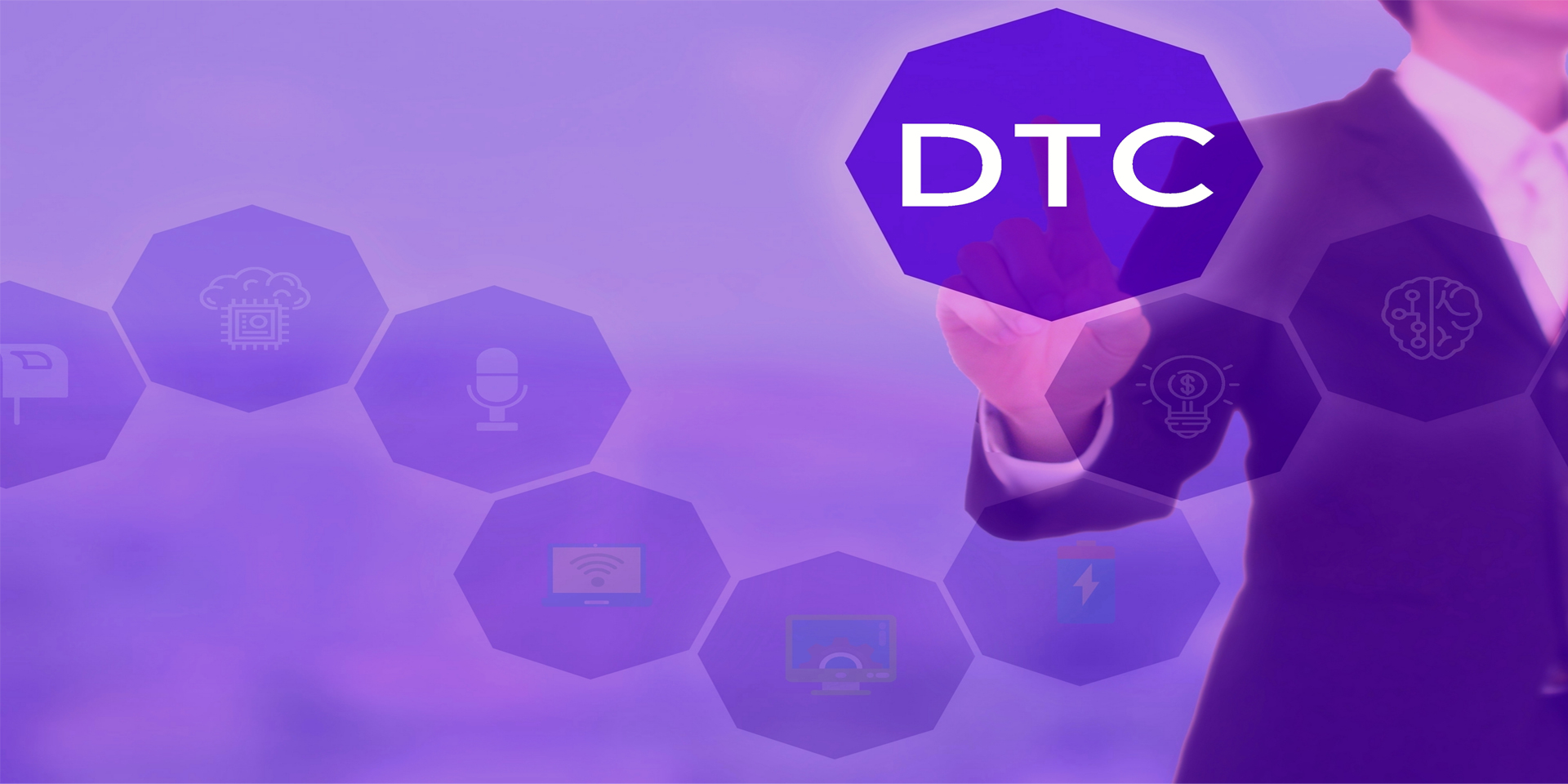The key tenets of building direct-to-consumer (D2C) brands in developed economies has been well-documented over the past 5-10 years. The rise of brands such as Warby Parker, Casper, Dollar Shaving Club, The Honest Company has spawned hundreds of stories analyzing their growth and the reasons behind such growth. A few key observations that seem to be common are:
- Simplified product portfolio – Avoid decision fatigue by reducing the number of SKUs in each product type
- Instagrammable omni-channel presence – Create true ‘experience’ centers where customers can interact with the brand and it’s products, in a space that is carefully designed to be ‘Instagram-ready’
- Piggyback on influencers – Tap into the amplification potential of influencers, from Kylie Jenner to upcoming influencers
- Customer experience – Provide a customer-centric approach to all potential interactions that the customer may have with the brand
- Viral marketing – Performance and brand marketing are hygiene. Strive to create truly viral campaigns
Source: Shutterstock
While these are good tenets and some of them do hold relevance in India, these may not be sufficient. We are a very unique country with our own idiosyncrasies and our own ways of determining value of a product and/or service. Building a D2C brand in India is a different ballgame altogether.
We at Wakefit have been on this journey, and it is still “day one” for us, after more than 4 years. Here are a few lessons we have learnt along the way.
Make very public promises; and keep them
In this day and age, every digital native brand can be targeted on umpteen platforms from social handles to Quora to review sites with ulterior motives. Throw in fake negative reviews by a few unscrupulous competitors and bloggers who may want to hold you to ransom, and it is a potent mix, a veritable recipe for disaster. While some of the above are not in one’s control, most customers are able to make out the difference between a one-off vitriolic negative review which appears fake, and genuine, troubled feedback from an aggrieved customer.
As a D2C brand, it is imperative to make very public promises and then stick to them no matter what. In the case of Wakefit, that would be our product quality, 100-day trial and the warranty period. A mattress is a highly experiential product, which customers buy with a lot of apprehension. So we are always open to (in fact, looking for) feedback from unhappy customers whose bodies did not adjust to the product, or who had a poor logistics experience and so on. But what we would never be okay with, would be feedback that said that we broke one of the three core promises or that we simply did not care when they contacted us. I can honestly say that we don’t stand for it at Wakefit.
Learn to learn from Incredible India
India is many countries within one. The humid heat in Chennai is different from the dry heat of Rajasthan; the cold winters of North India are different from the more moderate South Indian winters. The products they’ve been using historically before making their purchase with us, varies widely in different parts of India. The preferences of sleeping surface, attire and sleep routines all vary vastly.
These variations and preference differences are in fact an invaluable input into the product development process. The sooner you start to listen, the farther ahead in the product development curve will you be. This is also extremely important because most D2C brands provide a small selection of SKUs, which need to be constantly improved upon based on consumer feedback. This feedback loop into the product development process is a powerful tool that D2C brands have over traditional brands that do not interact directly with their customers.
Customer delight, not just satisfaction
As a D2C brand, one cannot hide behind the explanation of “a seller on my market place messed up”. The brand is the owner of the complete experience, from discovery till post purchase usage. For any kind of mess up anywhere in the value chain, the buck stops with the brand; and by extension, with the founders and core team members. A great way to handle this proactively would be through a thoughtful design of your customer interaction teams.
How do we respond to queries? How do we come across as being a trusted advisor? How can we remain honest when we have been less than optimal? Do we take the shortcut of giving a freebie to an unhappy customer? Where does this kind of an action lead?
Avoid Discount-led strategy
The whole philosophy of horizontal market places to go after a massive land grab of transacting users through deep discounting processes, under the model that the same users become profitable after their fifth or tenth transaction does not hold with D2C brands. By definition, D2C brands solve a need in a particular sphere of life of the customer, and thus have a lower purchase frequency. Some D2C brands also have the additional constraint of being in a low refresh cycle category. Further, even on the investor side, while tech sector retains (relatively) constant interest, consumer brands sector goes through its own cyclicality.
Therefore, from both perspectives, striving for profitable transactions right from the beginning, is a DNA worth building in the company.

